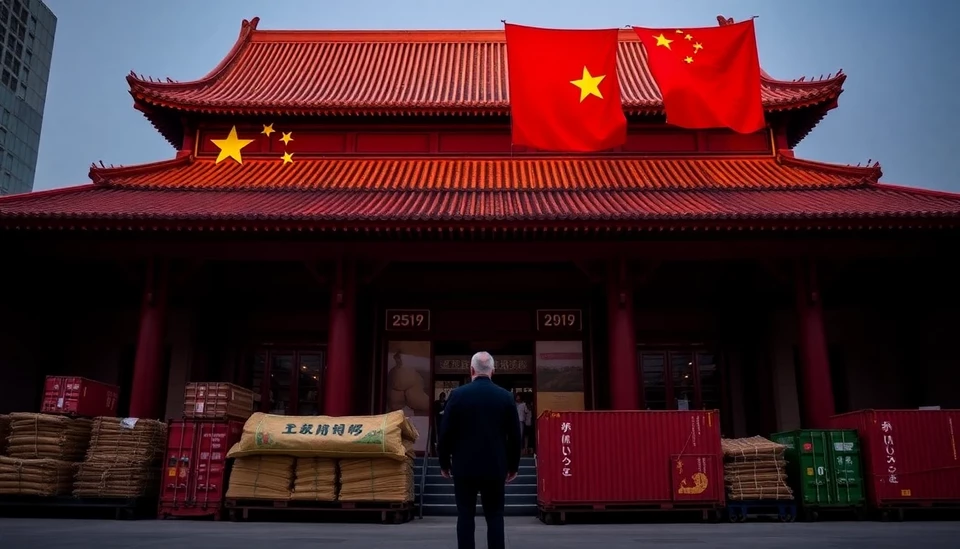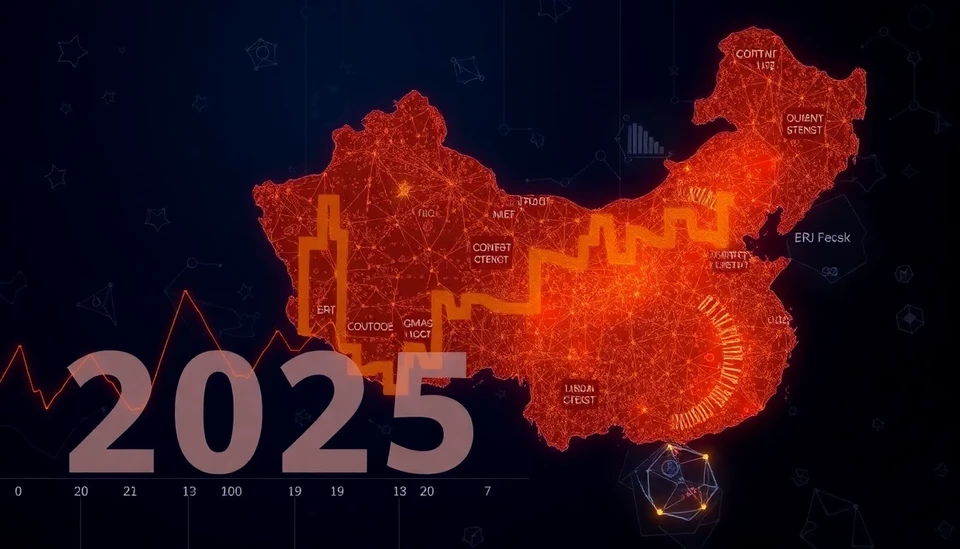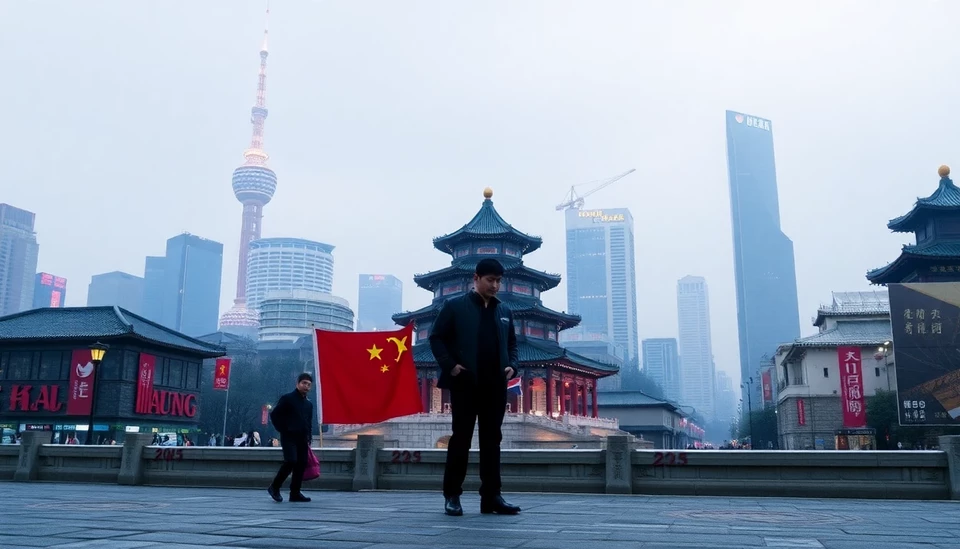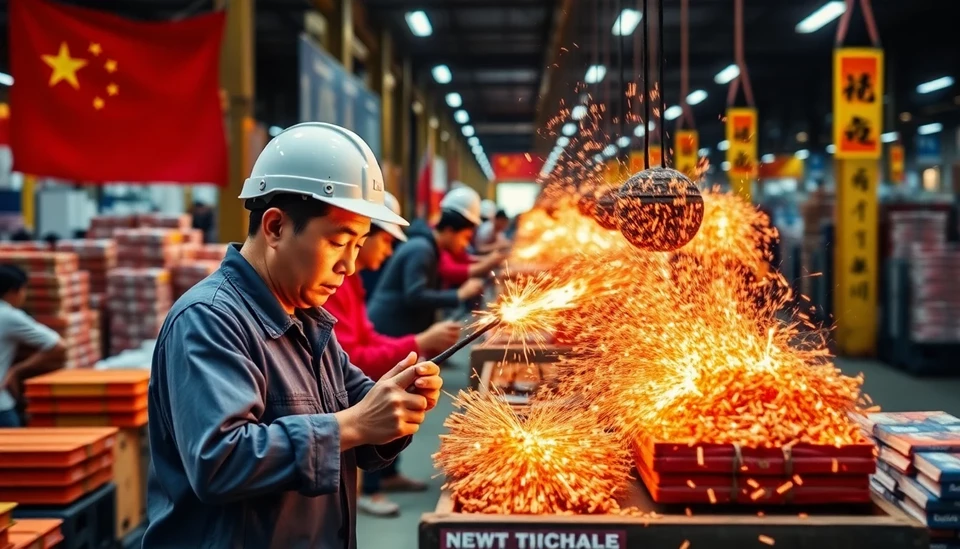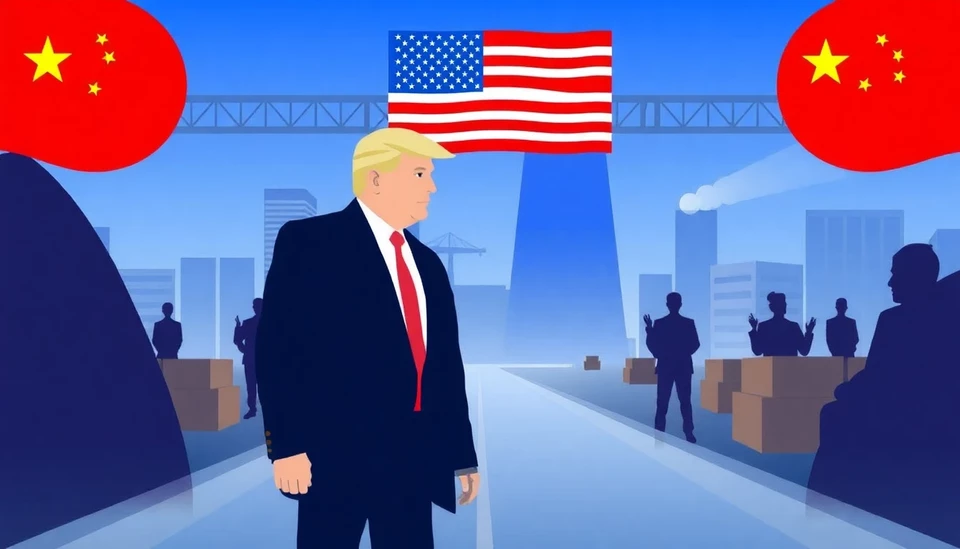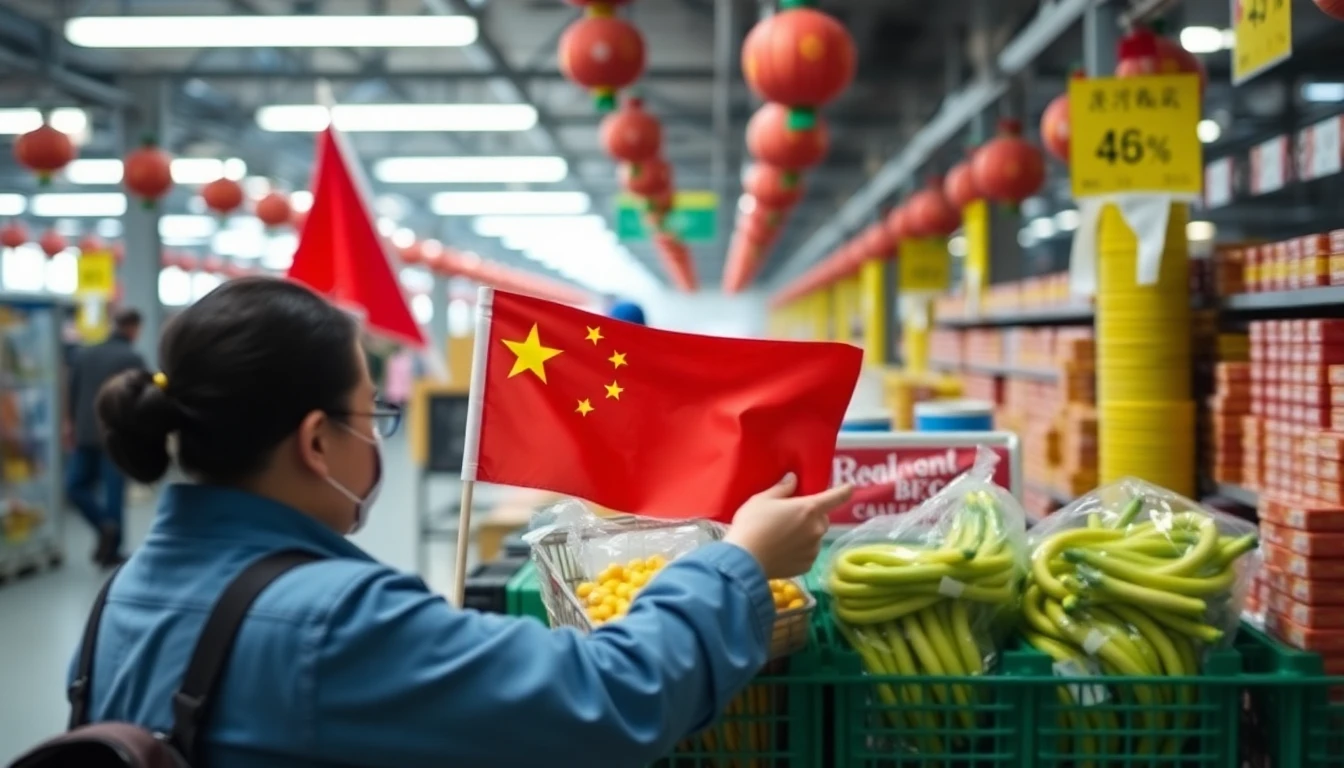
Recent economic data from China reveals that inflation remains weaker than anticipated, casting uncertainty on the country’s economic recovery. The National Bureau of Statistics (NBS) reported that consumer prices rose only 0.1% year-on-year in September, a notable decline from the 0.2% increase recorded in August. This figure significantly missed analysts’ expectations, who had projected a rise of at least 0.2% for the month.
Alongside the stagnation in consumer prices, the manufacturing sector is also facing challenges. The NBS noted that factory gate prices, a key indicator of industrial profitability, fell by 2.5% compared to the previous year, worsening from a 3.0% decline in August. These figures highlight ongoing deflationary pressures in China's economy, exacerbated by sluggish domestic demand and an unsteady global economic environment.
The persistent weakness in both inflation and manufacturing prices poses serious implications for policymakers in Beijing, as they grapple with the rapidly changing economic landscape. Analysts warn that these trends may prompt further intervention from the Chinese government to stimulate growth, particularly as international uncertainties loom large.
The broader economic narrative suggests that China is still struggling to rebound fully from the aftermath of the COVID-19 pandemic, alongside various shocks such as geopolitical tensions and supply chain disruptions. The slow recovery has raised concerns over the health of the world's second-largest economy, which might affect global markets and trade dynamics.
In response to these developments, some experts have urged the Chinese government to consider a series of monetary stimulus measures to boost demand and stimulate various sectors of the economy. As the landscape evolves rapidly, it remains to be seen how the government will address these pressing issues and what strategies will be employed to reinvigorate growth.
As China emerges from its economic struggles, stakeholders are closely monitoring indicators that will provide insights into the nation’s recovery trajectory. While there are some signs of resilience, the prevailing economic indicators warrant a cautious outlook moving forward.
In conclusion, the latest inflation and manufacturing data from China underscores the ongoing challenges faced by the country’s economy. Policymakers will likely focus on implementing effective measures to stabilize prices and bolster growth, while keeping an eye on external factors that could impact their strategies.
Stay tuned for further developments as China navigates through turbulent economic waters.
#ChinaEconomy #Inflation #FactoryPrices #EconomicRecovery #MonetaryPolicy #GlobalEconomy
Author: Laura Mitchell
